Livno
Pearl of the Alternative Tourism in West Bosnia
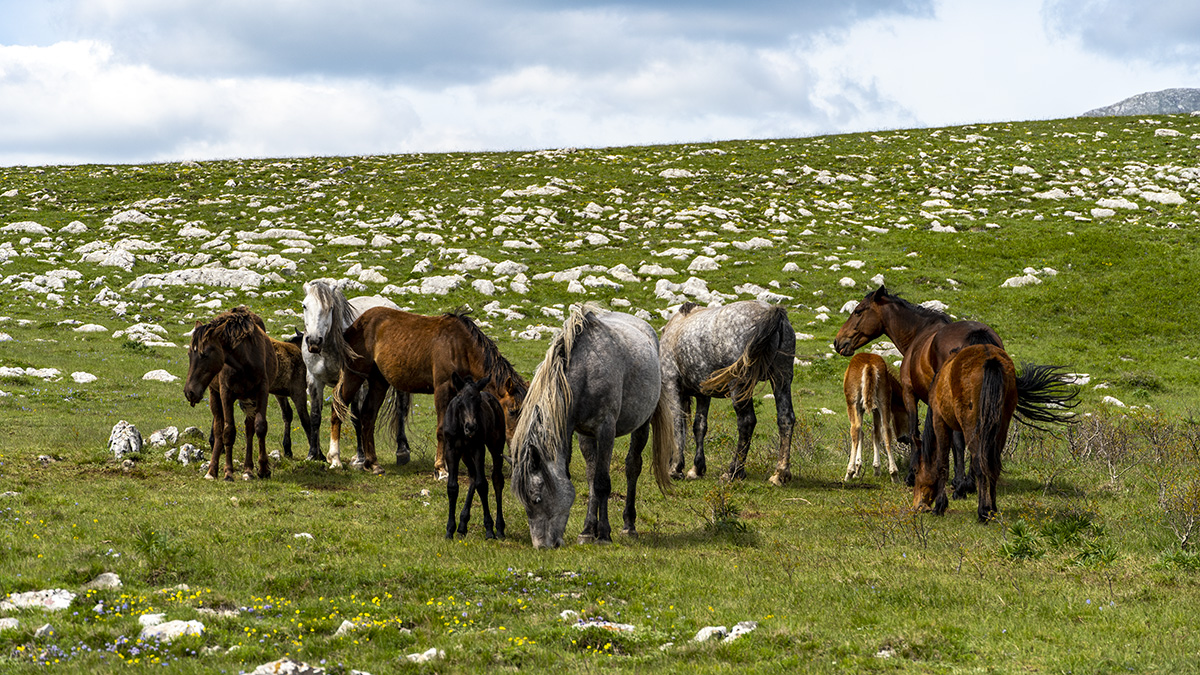
Most of you who are considering to pay a visit to the unexplored Adriatic hinterland, you will come across West Bosnia. Especially if you’re starting your journey from Split as Croatia’s second largest city, the town of Livno is inevitable.
Livno: Town in the Heart of West Bosnia
Livno is situated in the foot of the Mt.Krug, at the slopes of Bašajkovac hill. Later on it spreads out towards the largest karst field in Bosnia and Herzegovina. For the centuries it was an economic and administrative centre of the area of Tropolje (three-field) or simply West Bosnia.
The town sits at 724 meters above sea level. It’s characterized by continental climatic conditions, warm summers, and extremely windy and cold winters. Traditionally, Livno gravitates to Split, since it’s just 95 km far from it. It doesn’t take more than 1 hour of an easy, comfortable ride between the two destinations. Livno is not just a place to “kill time”, during the break on your way to central Bosnia or Sarajevo. Surroundings of the town, natural features, and rich history will provide you enough reasons to spend a day or two in the area.
The Past, History and Everything that shaped Livno as it’s Nowadays
West Bosnia was inhabited since Prehistory. The Illyrian tribe The Dalmatae controlled the territory. Roman Empire experienced rough times when it came to the pacification of the Livno area. It took a long time to fully incorporate their living space into the legal framework of the Empire. Stubbornness and resilience were always immanent to the people living in the area.
After the Slavic invasion of the Balkan region, the Christianization of Slavs and local Illyrians had begun. Starting from the 10th century we’ve had the first local medieval state organisations. The wider area of the Livno was the coronation place of the Croatian King Tomislav. He is commonly known, both in history and folklore, as a unifier of the Croats. He certainly wasn’t aware of his importance during the time, but centuries after he won the sympathies. Usually, it takes for someone to die to shine in all of its glory. King Tomislav was no exception.
On the millennial anniversary of the coronation, in 1925. Livno got its monument which stands nowadays at the main square. It is obelisk-shaped and its dimensions symbolize the jubilee. The monument is symbolically 9,25 meters high and stands as a representation of the year when King Tomislav was crowned.

Croatian kings were rotating when it came to rule over West Bosnia. Finally in 1326. Stephen II. Kotromanić, duke of Bosnia took control over the area. For the next 137 years, West Bosnia existed as a part of the independent Bosnian dukedom and kingdom.
Kings, queens, and dukes ( 5 Croatian and 3 Bosnian) are still present in Livno streets. In the spring of the Bistrica river, we’ve found one of these streets and a local friendly lady. She was standing in front of the street name sign dedicated to Queen Catherine, last Queen Mother of Bosnia. Surprisingly or not, her name is also Catherine (Katarina). Coincidence or not, you be the jury and make a decision.
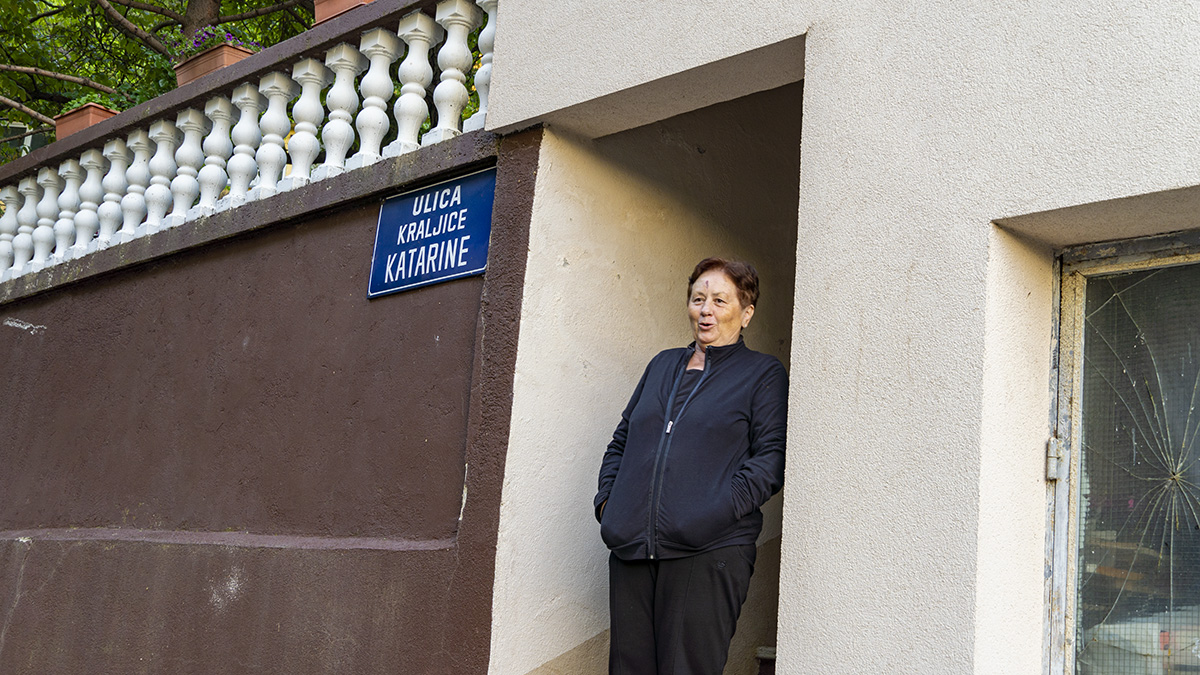
Livno as a favourable Tourist Destination: Untouched Nature and Cultural Diversity
Livno’s bliss is a favourable location and geography. While walking through the town Livno streets all of us witnessed evident tourist potentials on every single corner. The town represents the sublimation of all crucial stuff every touristy place could wish for.
That was one of the main reasons why the Ottomans made this town the center of Sanjak of Klis. Sanjak was an administrative unit in the Ottoman Empire. Klis fortress (Split suburbs) was the westernmost point controlled by the Ottoman rule for 111 years (1537-1648). During that time, beys (governors) of this province were residing in Livno. This was the period when most extensive urban development took place. Beys undoubtedly found Livno a more comfortable place for living, far from the “frontline”.
Being here for the 400 years, Ottoman Empire undoubtedly left its authentic stamp. Especially when it comes to the Old Town, traditionally placed at the hill slopes. Ottoman stamp and practice in the construction of the urban areas was a strict distinction between the business and residential parts. The upper hilly part was a residential zone (commonly known as mahala). The lower part was reserved for trading and other business activities.

As was mentioned, the town became the regional centre. In 1718. The present border between Bosnia and Croatia was established at the Mount Dinara (west side of the Livno karst field). Since then, West Bosnia holds epithet of the frontier. Speaking in the language of that time, a frontier between the Ottoman Empire and the Republic of Venice. For the 230 years, the town has kept its status in defensive mode. The Balkans is known as the frequent border-changing part of the world though, but this one wasn’t changed ever since.
Magnificence of the Old Town – A Time Capsule
When you decide to stroll through the Livno’s Old Town’s streets, you’ll feel you’re in a time capsule. A lot of these streets and lanes preserved its authentic charm. It is possible to feel the scent of everyday life. While doing that, you’ll be able to go back to the 16th century and to imagine how life went on. Generally in Bosnia, Old Towns are museums under the open sky. Livno’s open museum doesn’t have “no touching” signs when it comes to artifacts, and no limited working hours.
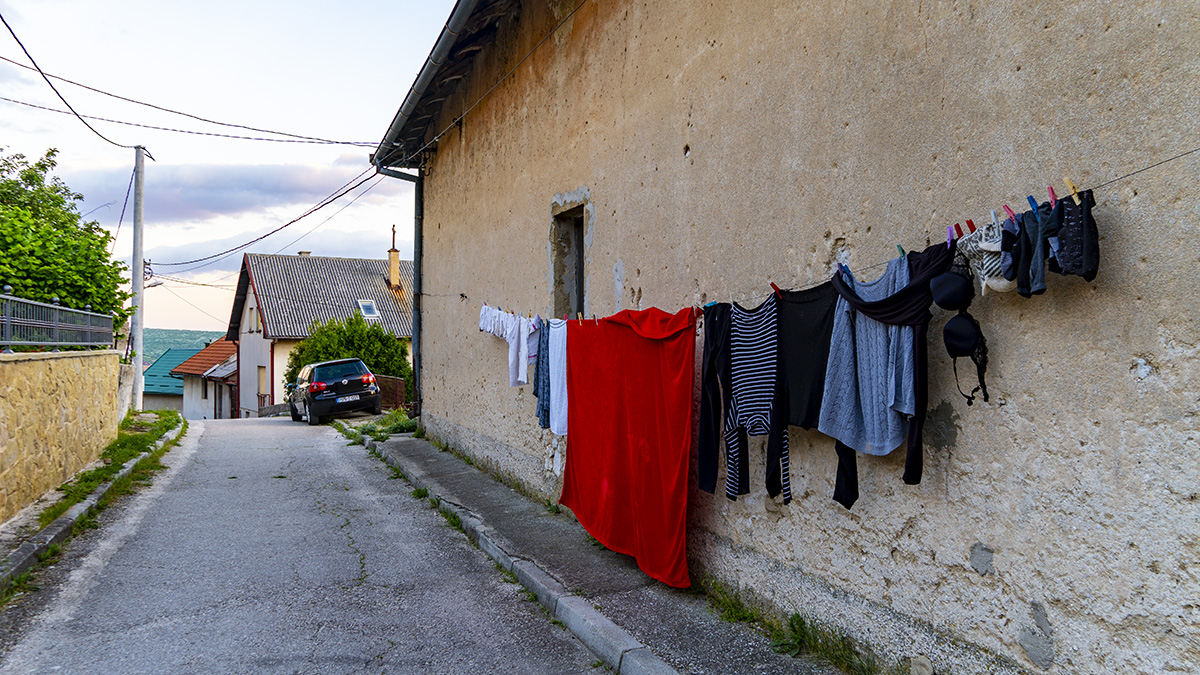
In the heart of the Old Town, local tinsmiths developed and organised a comprehensive private museum. Collecting process started spontaneously in 1991, during his job he was finding interesting old items in the attics and basements. He managed to collect roughly 11 thousand artifacts ever since, dating from various historical periods. The museum is his house at the same time.
As previously mentioned, the urban development of Livno has begun in the first half of the 16th century. One of the reasons why the Ottoman architects preferred hill slopes as a place for the residential areas (mahalas) was a common belief that every human being deserves a view from its window or balcony.
„We made every Living Thing from Water…“
Spring of the Bistrica River, usually known and called by the locals as Duman. It’s quite resembling its more famous twin brother – Buna river spring in the Blagaj near Mostar. We can agree It’s not any less beautiful or marvelous.
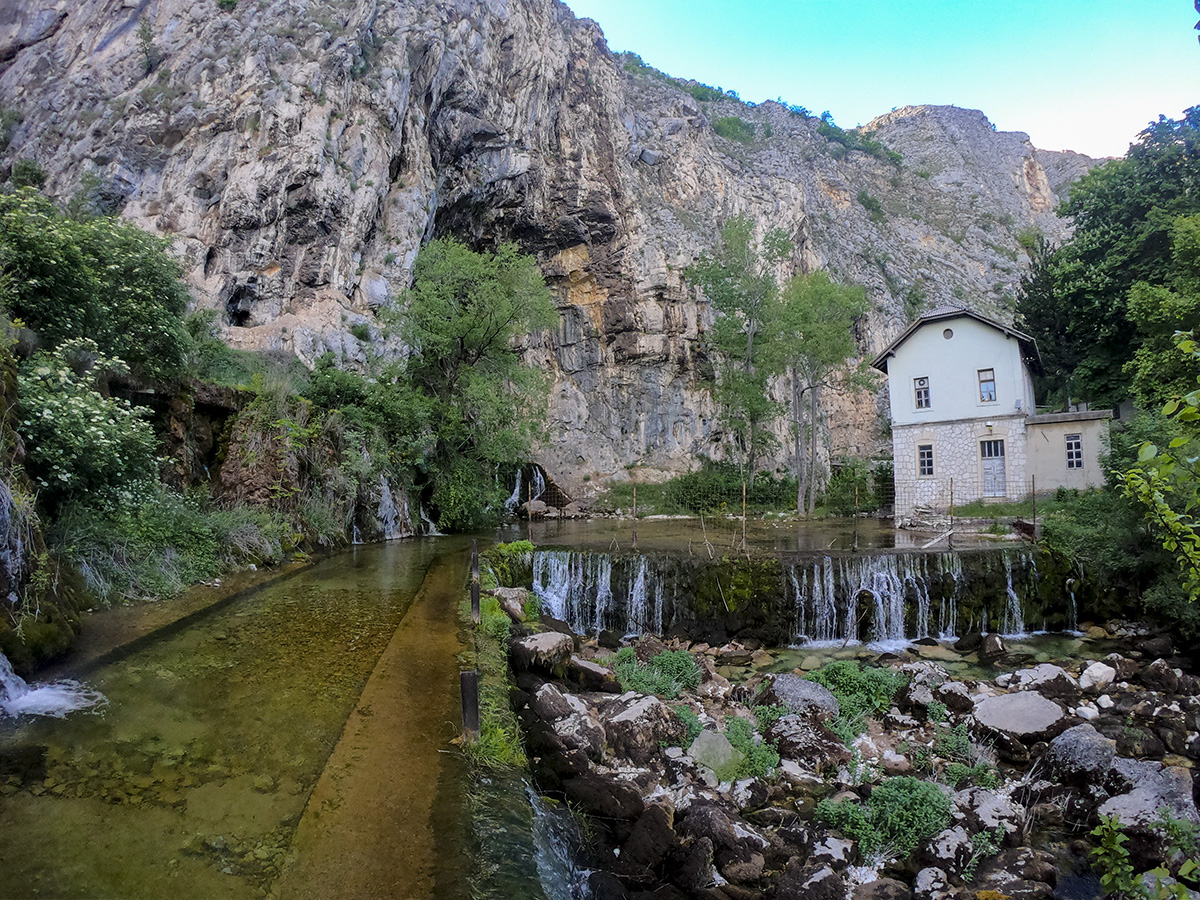
The name for the spring is derived from the identical Turkish word referring to a vapour or smoke. In our case, it means water mist visible sometimes during the high water level. Locals prefer it as an easily accessible recreation spot.
Adventurers and adrenaline seekers have the opportunity to experience jump or dive into the rectangular „pool“ known as Bent. Bent is 3 meters deep and carved when the famous fortress of Klis in Split surroundings was conquered in 1537. The relative nearness of Duman and hill Bašajkovac is a place where the medieval town of Bistrica existed.
Whoever travels from Split and Croatian coast, will find Duman as a site to cool and refresh. Equally their minds and body. One hour ride shall bring everybody to experience the obvious difference in climatic conditions.
Duman is a home for one of the rare single-arch bridges in Bosnia and Herzegovina. This one is the less known twin brother of the globally known Old bridge in Mostar. This bridge dates from 17th century and is one of the most distinguished symbols of Livno’s architectural heritage. According to the common belief, it was built by tanners (Bosnian: tabaks) whose workshops were in a bridge nearness. At the right bank of the Bistrica river, we can find old millhouses too.
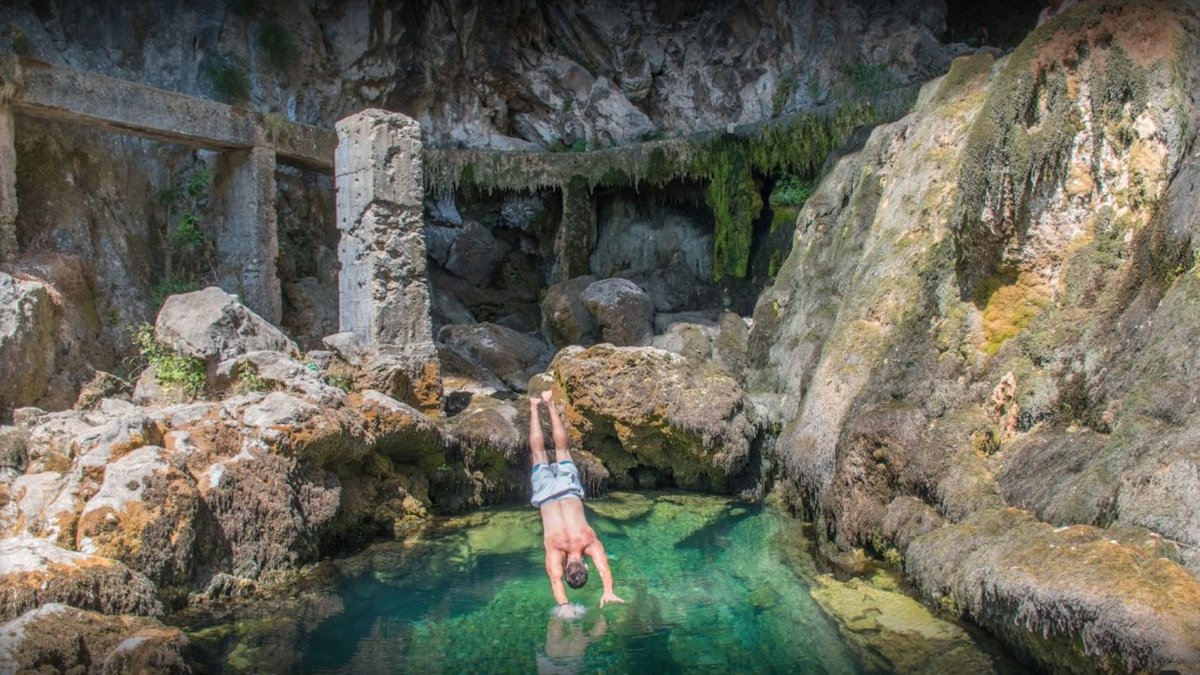
Guardians of Livno – Fortifications, Walls, People
In the mid-17th century, during the intensive clashes between the Ottomans and Venetians, Livno became a strategically important military area. Outbreaks of Uskoks (local outlaws) were creating a lot of uncertainty as well. The fortifications consist of several objects: armory as a central object, 4 bastions, and 5 towers. We were able to see only two towers (Veis and Klanac) that are partially preserved. Veis tower is the best preserved and it is noticeable from every spot in the town. The internal diameter of the tower is 3,5 meters and the walls are almost 4 meters thick. Broad casement overlooks towards the city (P.S. this is the best view on a city).
During constant Venetian threat, defending the Livno was the main priority. Hajji-Ahmed Ducatar’s mosque courtyard was a significant defense point. Regardless of its beauty, they built a mosque at the strategically important location. It is commonly known as Glavica (the head). From that point, numerous cannons observed Livno karst field and Mount Dinara, expecting Venetian intrusion. The defense system always had a two thousand trained and prepared soldiers, ready and steady to repulse any possible attack.
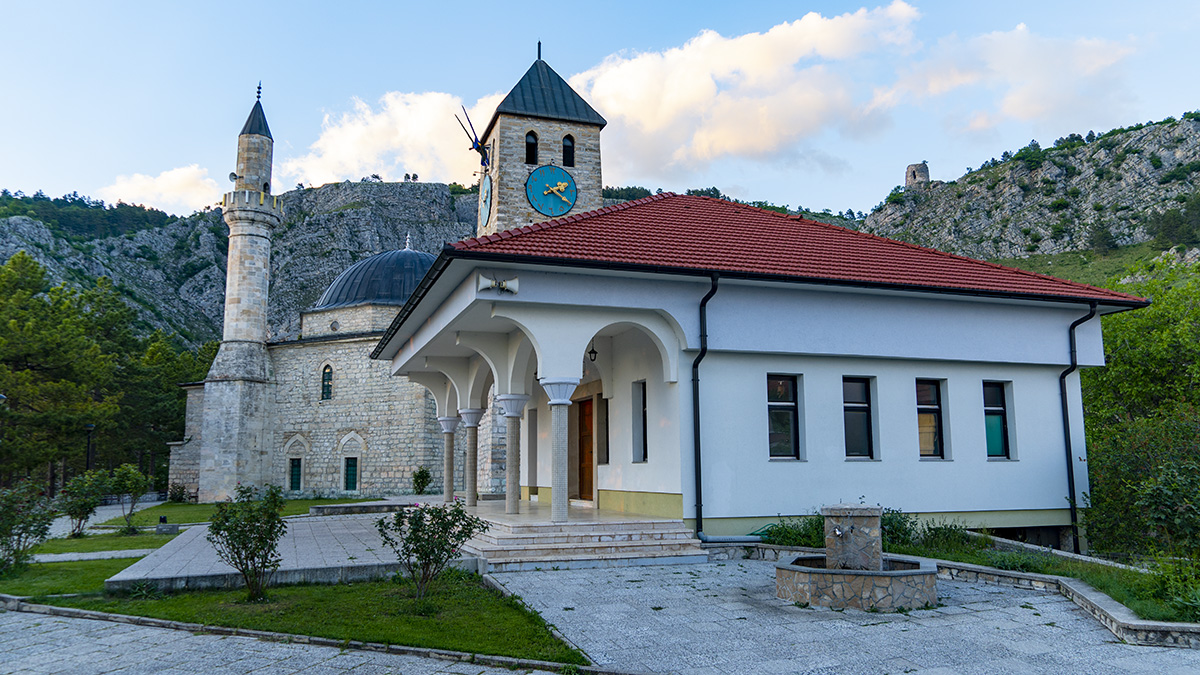
Guards of the fortress were known as Dizdars, and nowadays such surname is very common all around Bosnia and Herzegovina.
The threat became reality at the end of May, 1944. Allies launched an airstrike and severely bombed Livno. The goal was to weaken the authority and forces of the Independent State of Croatia. Constructors of the fortifications did not count on this sort of attack. Time has changed, methods too. All is fair in love and war.
Nations, Identities, War(s), Mutual Relations and a bit of Love and Kindness
Whoever travels from Split to Sarajevo, needs to know they’re entering in a culturally and historically mixed and heterogeneous zone. The first place where they will witness this cultural and religious diversity will be Livno and West Bosnia in general. Sacral architecture in the Livno’s Old Town is the best proof for this assertion. Within 330 meters radius, we can find Roman Catholic, East Orthodox church, and many mosques as well. History taught us that peaceful coexistence between Bosnian people is possible if based on the strict rule of law and order.
Speaking of multiculturality, most of the Bosnia could brag with it. Sort of diversity we have here it’s pivotal when defining Bosnian identity. We wouldn’t be what we are, without it. Our team wondered what would above-mentioned kings and queens said about their vanished kingdoms, both Bosnian and Croatian. We’re certain they wouldn’t prefer today’s sort of democracy. On the other side, they wouldn’t be too confused about the importance of being member of one of the constituent nations. That principle was, in a certain form, present in their time as well. Bosnian king would be a much closer and genuine friend with Pope. The latter one wouldn’t deploy its crusaders for alleged heresy charges.
Being mixed, multicultural could refer to many different things. Therefor, in our Bosnian case, sometimes meant being with each other, and sometimes next to each other. Nowadays, Bosnia still holds war reputation, even if tour guides are working day and night to change it though. Funky Tours is the indisputable and inevitable leader in these comprehensive activities. That’s why it is important to promote a bit far from the beaten touristy paths. To familiarize true-hearted, open-armed, Bosnian nature.

“Us and Them”
Livno is a less known paradigm of whole Bosnia, with all of its absurdities and twisted logic. During the Croatian and Bosnian army bloody conflict, the Bosniak population didn’t face severe crimes against humanity. One of the rare cases during the Bosnian war. On the day when the mentioned conflict was meant to be ended, one of the main mosques was demolished in the town. Lack of law and order.
Serbs faced with expulsions, and most of them never came back, they organized their lives somewhere else. Beautiful, 19th-century Orthodox church was desecrated. However, local Franciscans saved its values and icons. This way, one simple, brave and genuine act restored a faith in humanity regardless on lack of law and order. The church got back the icons once they fully renovated it in 2004.
In conclusion, to give a trademark to Livno and West Bosnia, we present you with the story about two ladies. The nun Blanka and Muslim religious teacher Šejla are the best examples of how relations between “us and them” should look like. They are leading extensive relief program aiming to ease the situation for the people in need in West Bosnia. Showing us how little it takes to make something positive, when not burdened with the politics and tough past. As the Pink Floyd said in 1973:
„Us (us, us, us, us) and them (them, them, them, them) „And after all we’re only ordinary men“
